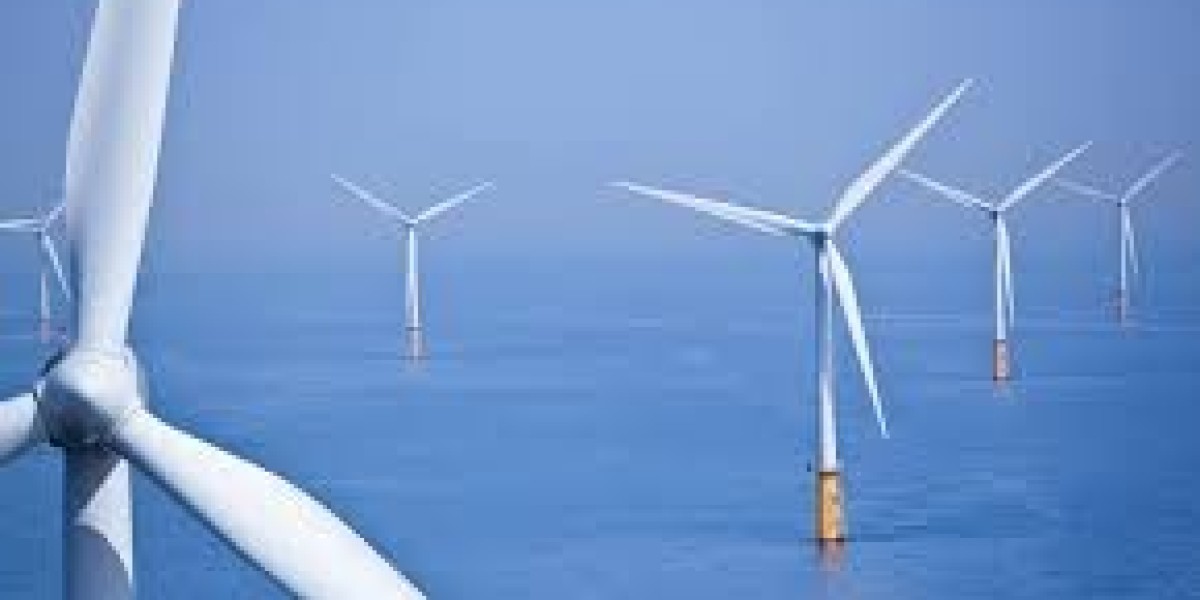The offshore wind industry is evolving rapidly, driven by technological advancements that are improving the efficiency, cost-effectiveness, and scalability of offshore wind farms. In this article, we explore some of the key technological innovations that are transforming the offshore wind sector and unlocking its potential for global energy production.
1. Bigger and More Efficient Turbines
One of the most significant technological developments in offshore wind has been the development of larger, more efficient turbines. Offshore wind turbines are now capable of generating much more electricity than earlier models, thanks to advancements in blade design, materials, and engineering. For example, the Haliade-X turbine developed by GE Renewable Energy has a capacity of 14 MW per unit, compared to the 2-4 MW range of early offshore turbines.
These larger turbines are capable of capturing more wind energy and reducing the cost per megawatt of electricity generated. The increased capacity of these turbines means that fewer units are needed to generate the same amount of power, which reduces both capital and operational costs.
2. Floating Wind Turbines
Floating wind turbines are one of the most exciting innovations in offshore wind technology. Unlike traditional fixed-bottom turbines, which are anchored to the seabed, floating turbines are mounted on floating platforms that can be deployed in much deeper waters, where fixed-bottom turbines cannot be installed.
Floating wind technology opens up new areas for offshore wind development, particularly in regions with deep waters such as the U.S. West Coast, Japan, and parts of the Mediterranean. These turbines are still in the early stages of commercial deployment, but they are expected to play a significant role in the growth of the offshore wind sector in the coming decades.
3. Digitalization and Data Analytics
The integration of digital technologies and data analytics is revolutionizing the way offshore wind farms are designed, built, and operated. Advanced software tools are being used to model wind patterns, optimize turbine placement, and predict the best locations for new wind farms.
Furthermore, digitalization is enabling real-time monitoring and predictive maintenance of offshore wind farms. By using sensors and data analytics, operators can detect potential issues before they lead to costly repairs or downtime. This improves the overall efficiency and longevity of offshore wind farms, ensuring that they remain a reliable source of energy.
4. Energy Storage Solutions
Energy storage technologies are essential for addressing the intermittent nature of wind power. Offshore wind farms are often located far from where energy is consumed, and the wind doesn’t always blow consistently. As a result, integrating energy storage solutions such as batteries and pumped hydro storage with offshore wind farms is becoming increasingly important.
These storage systems allow excess energy generated during periods of high wind activity to be stored and then released when demand is high or when the wind is not blowing. This helps smooth out the variability of wind energy and ensures a more stable power supply.
5. Conclusion
Technological innovations are driving the rapid growth of the offshore wind industry. From larger, more efficient turbines to floating wind technology and digitalization, these advancements are making offshore wind farms more cost-effective, scalable, and sustainable. As technology continues to evolve, the offshore wind sector is well-positioned to play a central role in the global transition to renewable energy.



